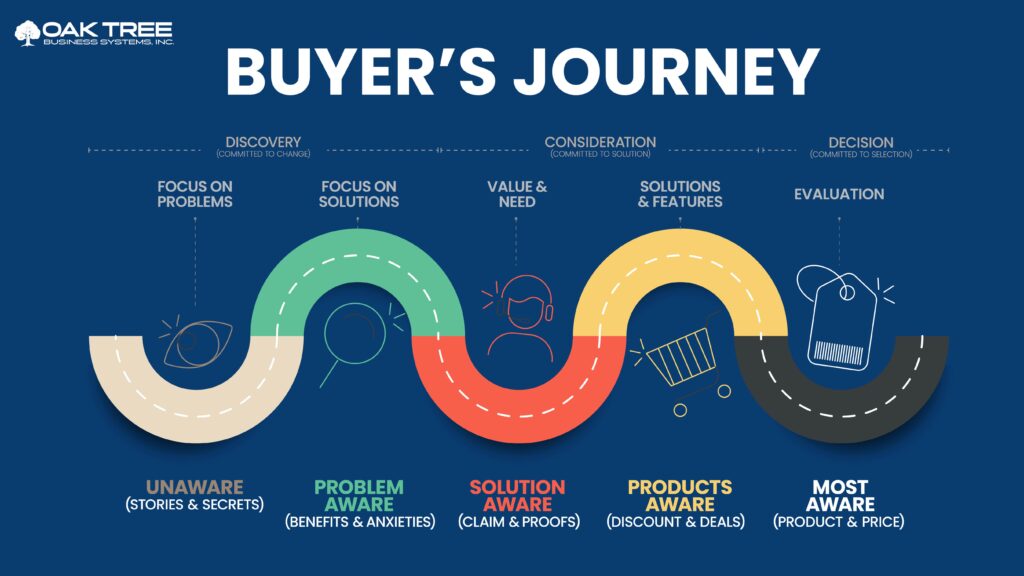A Consumer’s Guide to the Path to Purchase

In today’s complex financial landscape, consumers have many options when choosing a financial institution. While banks have long been the traditional choice, credit unions are increasingly gaining popularity. But what factors influence a consumer’s decision to choose a credit union over a bank? Let’s dive into the consumer’s path to purchase and explore the key factors that drive their decision to “Why choose a credit union?”
The consumer’s journey to choosing a financial institution is a multi-stage process. First, they identify a financial need, such as saving money, taking out a loan, or simply managing their finances. Then, they begin researching different financial institutions, comparing their offerings, fees, and customer service. The next step involves evaluating the pros and cons of various options, considering factors like interest rates, convenience, and community impact. Ultimately, the consumer makes a decision and chooses a financial institution. Post-purchase, they assess their satisfaction with the selected institution and may recommend it to others.
Several factors contribute to a consumer choosing a credit union over a bank. One key differentiator is the cooperative nature of credit unions. As member-owned, not-for-profit organizations, credit unions prioritize the needs of their members over maximizing profits. This often translates to lower fees, higher interest rates on savings, and personalized service.
Credit unions are also deeply rooted in their communities. They actively support local businesses, charities, and community initiatives, fostering a sense of belonging and connection. Moreover, credit unions often offer a range of financial products and services, including checking and savings accounts, loans, and investment options. Many credit unions also provide financial education and counseling services to help members improve their financial literacy.
To attract and retain members, credit unions employ various marketing strategies. Digital marketing, including social media, email, and content marketing, is essential for reaching a wider audience. Community engagement, such as participating in local events and sponsoring community initiatives, helps strengthen brand awareness. Referral programs, personalized service, and financial education are additional strategies to help credit unions differentiate themselves and build strong relationships with their members.
Marketing Strategies to Attract and Retain Members
To effectively attract and retain members, credit unions should focus on the following marketing strategies:
- Digital Marketing: Leverage digital channels, such as social media, email marketing, and content marketing to reach a wider audience.
- Community Engagement: Participate in local events and sponsor community initiatives to strengthen brand awareness.
- Referral Programs: Encourage satisfied members to refer their friends and family to the credit union.
- Personalized Service: Prioritize excellent customer service and build strong relationships with members.
- Financial Education: Offer valuable financial education resources to help members make informed decisions.
By understanding the consumer’s path to purchase and implementing effective marketing strategies, credit unions can position themselves as a preferred choice for consumers seeking a more personalized and community-oriented financial institution.


